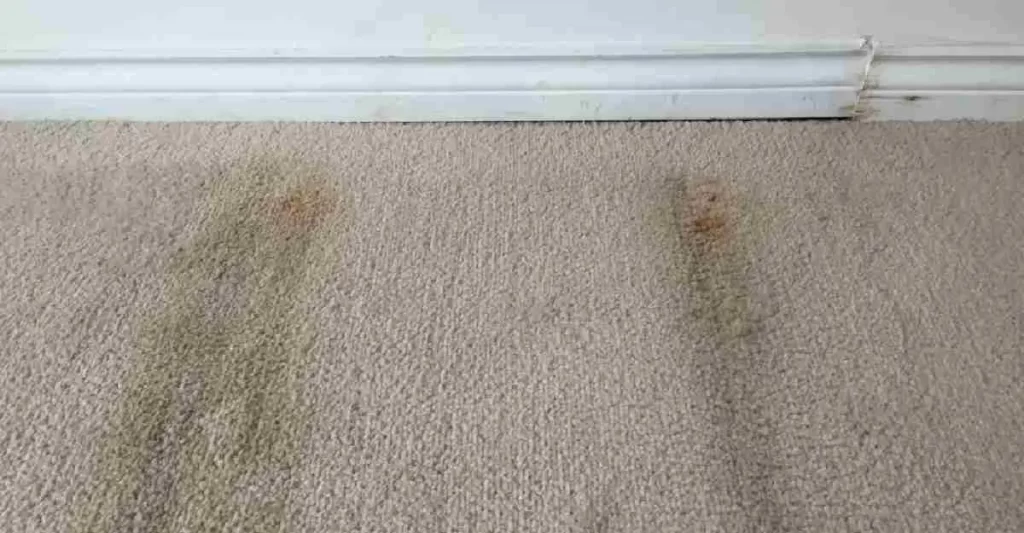A velvet couch adds a touch of elegance and comfort to your living space. However, its plush material can also trap odors from spills, pets, or daily use. Over time, these smells can accumulate, making your couch less inviting. The good news? With the right approach, you can keep your velvet couch fresh and odor-free. In this guide, we’ll explore effective couch cleaning techniques to banish odors and maintain the beauty of your velvet furniture.
Why Does Your Velvet Couch Hold Odors?
Velvet is a luxurious fabric with a dense pile that absorbs and traps:
- Spills and food particles: These can lead to lingering smells if not addressed quickly.
- Pet odors: Hair, dander, and accidents can seep into the fibers.
- Moisture: Humidity can result in musty smells, especially if your couch isn’t properly dried after cleaning.
Understanding these factors helps in choosing the right cleaning and deodorizing methods.
Step-by-Step Guide to Freshen Up Your Velvet Couch
1. Vacuum Thoroughly
Regular vacuuming removes surface dirt, pet hair, and crumbs that can contribute to odors.
- Use a vacuum cleaner with an upholstery attachment.
- Gently vacuum the entire surface, paying special attention to seams and crevices.
- For stubborn debris, use a soft-bristle brush to loosen particles before vacuuming.
2. Sprinkle Baking Soda
Baking soda is a natural deodorizer that absorbs unpleasant smells.
- Sprinkle a generous layer of baking soda evenly across the couch.
- Let it sit for 20–30 minutes to absorb odors.
- Vacuum thoroughly to remove the baking soda and any trapped smells.
3. Spot Clean Stains
Stains can harbor odors if left untreated. For spot cleaning:
- Mix a solution of warm water and mild dish soap.
- Test the solution on a hidden area to ensure it doesn’t discolor the velvet.
- Dab the stained area with a clean cloth dampened with the solution. Avoid rubbing, as this can damage the fabric.
- Blot with a dry cloth to remove moisture and let the area air dry completely.
4. Use White Vinegar for Deep Odors
White vinegar is a natural odor neutralizer and safe for most fabrics when diluted.
- Mix equal parts white vinegar and water in a spray bottle.
- Lightly mist the couch—don’t saturate the fabric.
- Allow the vinegar to air dry; the vinegar smell will dissipate, leaving your couch fresh.
5. Steam Clean for a Deep Refresh
If your velvet couch has persistent odors or hasn’t been cleaned in a while, steam cleaning can help.
- Check the care label to ensure the fabric is steam-cleaning safe.
- Use a handheld steamer on a low setting to clean the surface.
- Move the steamer evenly across the couch, avoiding over-wetting any area.
- Allow the couch to dry completely before use.
Preventing Odors on Your Velvet Couch
- Vacuum Weekly
Regular vacuuming prevents dirt and debris from embedding into the fabric, reducing odor buildup. - Address Spills Immediately
Blot spills as soon as they happen to prevent stains and smells from setting in. - Use Protective Covers
Consider using washable covers or throws to shield your couch from everyday dirt and spills. - Keep Pets Off the Couch
Train your pets to avoid lounging on the couch, or use a pet-friendly cover for protection. - Control Humidity
Use a dehumidifier in humid climates to prevent musty odors caused by trapped moisture.
When to Seek Professional Help
For stubborn odors caused by mold or mildew, professional cleaning is often necessary. Services specializing in Mildew and Mold Removal from Couch Near Me can thoroughly eliminate these issues while protecting the delicate velvet fabric.
Common Mistakes to Avoid
- Using Harsh Chemicals
Avoid bleach, ammonia, or other harsh cleaners that can damage velvet’s delicate fibers. - Over-Wetting the Fabric
Excess moisture can lead to water stains or promote mold growth. Always use minimal water when cleaning velvet. - Skipping the Patch Test
Always test cleaning solutions on a hidden area of the couch to prevent discoloration or damage. - Neglecting Drying
Failing to dry the couch properly after cleaning can lead to musty smells or mildew.
Contact Us
Need expert help to freshen up your velvet couch? Our professional couch cleaning services provide a deep clean and odor removal tailored to delicate fabrics. Contact us today for reliable and effective solutions!
Conclusion
Maintaining a fresh and odor-free velvet couch doesn’t have to be complicated. By following these simple steps and incorporating regular maintenance, you can keep your furniture looking and smelling great. For tough odors or deep cleaning needs, professional couch cleaning services ensure your velvet couch remains a stunning centerpiece in your home.
Start your couch care routine today and enjoy the comfort and elegance of a refreshed velvet couch!
FAQs
Vinegar is safe for most velvet fabrics, but always check the care label and test it on an inconspicuous area first.
Deep clean your couch every 6–12 months, or more frequently if it’s heavily used or exposed to spills and pet accidents.
Sprinkle baking soda on the couch, let it sit for 30 minutes, then vacuum. For deeper odors, consider steam cleaning.
Yes, but choose a fabric-safe refresher and avoid saturating the material.
Published on: February 18, 2025
Last updated on: April 25, 2025

